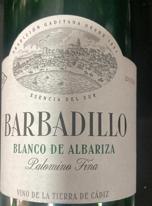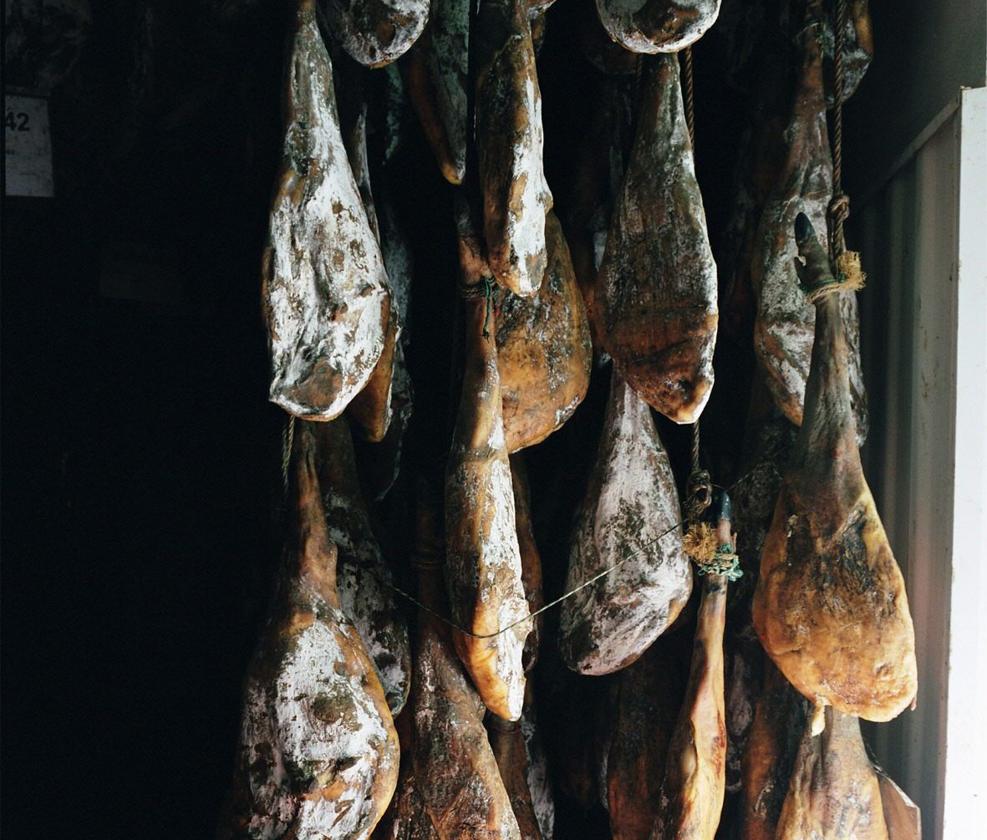Acorn-fed ham in Spain
'Jamón de bellota' has a distinctive flavour attributed to the free-range porker's diet that imparts a nutty and melt-in-your-mouth characteristic to the meat
Andrew J. Linn
Friday, 10 January 2025, 12:25
When invited to a Spanish meal, we know what one of the aperitifs will be. Food traditionalism is a common feature of every country in ... the world, although in some it is more pronounced than in others.
On the Spanish weekday equivalent of BBC radio's Today magazine programme, hardly a broadcast goes by without there being a lengthy discussion based on some gastronomic topic or other – something unimaginable on the BBC. The national pillars of Spain's gastronomic universe, excluding fish in general, are rice, cheese, and ham. There is insufficient space available here to expand on all three items, but the news this week that Italy's Parma ham industry is under threat casts a shadow over Spain's billion-euro commercial activity in this field. In Parma the spread of viruses affecting the pigs is causing big problems with the result that it is increasingly hard to buy, so we pray the virus can be isolated.
If we compare Parma ham with Spain's 'jamón de bellota', or acorn-fed ham, the big difference is that while both hams are artisanally produced, Parma ham emphasises tradition and controlled conditions, while jamón de bellota relies on the role of natural diet and environment.
In factories like those in the Italian region of Langhirano, the hams are salted by a maestro salatorse and left in a cooling room for at least 400 days. Spain's jamón de bellota has a distinctive flavour attributed to the free-range porker's diet of acorns that impart a nutty and melt-in-your-mouth characteristic to the meat, resulting in a silkier and richer flavour than Parma ham.
WINE OF THE WEEK

-
Barbadillo Blanco de Albariza
-
While the palomino grape has always been the mainstay of sherry in Spain, the resulting wine was always a blend and drunk as an aperitif Bodegas have recently started producing unblended wines that are nothing like white wines from other regions. This is a very pleasant single-vineyard table wine at around 6 euros.
¿Tienes una suscripción? Inicia sesión


Comentar es una ventaja exclusiva para registrados
¿Ya eres registrado?
Inicia sesiónNecesitas ser suscriptor para poder votar.